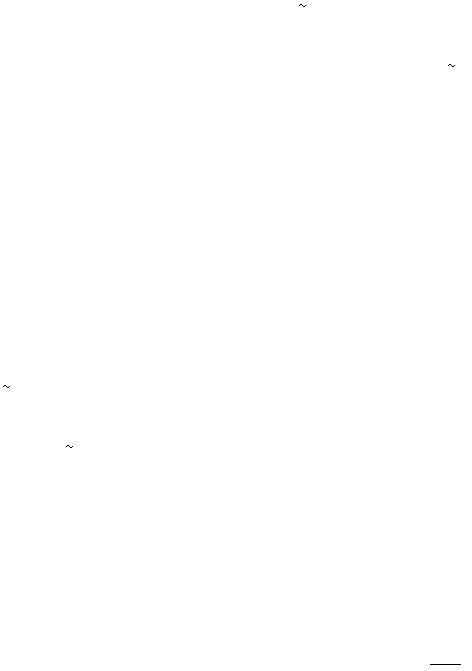
N-14
Part III.
Heat of Neutralization of Hydrochloric and Acetic Acid with Sodium Hydroxide
a)
Heat of Neutralization of Hydrochloric Acid:
In this part of the experiment (Part IIIa and Part IIIb), you will again need to use the very accurate
thermometer marked in fractions of a degree (used in Part II). Rinse a clean 50 mL graduated cylinder
with ~8 mL of 1.0 M HCl and then accurately measure
50.0 mL of 1.0 M HCl and carefully pour
this solution into a clean dry Styrofoam cup. Record the temperature of the acid as t
i
. Rinse a clean 50
mL graduated cylinder with ~8 mL of 1.5 M NaOH and then accurately measure
50.0 mL of the 1.5
M NaOH.
Carefully pour the NaOH solution into the calorimeter containing HCl. Immediately replace the top and
swirl gently three times. Wait 45 seconds, and then record the temperature of the solution to 0.05 °C
as t
f
. Discard this solution down the drain. Wash and dry the Styrofoam cups and lid and go on to Part
IIIb.
b)
Heat of Neutralization of acetic acid:
Rinse a clean 100 mL graduated cylinder with ~8 mL of 1.0 M CH3COOH and then accurately
measure
50.0 mL of 1.0 M CH3COOH and carefully pour this solution into a clean dry Styrofoam
cup. Record the temperature of the acid as t
i
. In another graduated cylinder (also provided),
accurately measure
50.0 mL of the 1.5 M NaOH (after rinsing with ~8 mL of solution).
Carefully pour the NaOH solution into the calorimeter containing CH3COOH. Immediately replace the
top and swirl gently three times. Wait 45 seconds, and then record the temperature of the solution to
0.05 °C as t
f
. Discard this solution down the drain. Wash the Styrofoam cups and lid and return them
to the designated location in the laboratory.
Before leaving the laboratory, check to make sure that all of your equipment is clean, and back in your
drawer. As well, all communal equipment must be cleaned and returned to the designated location in
the laboratory. Remember to turn in one copy of the Observations Sheet before leaving. The second
copy of the Observations Sheet should be kept in your laboratory manual for future reference.
